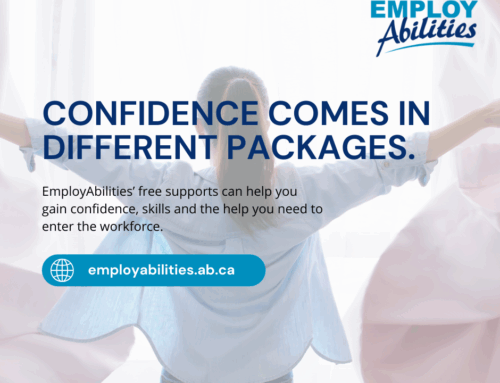
Before the person you’ve hired shows up for the first day of work, prepare your staff. Explain the individual’s circumstances and why he or she was hired. Be positive about the new employee and what he or she can do. But address staff’s questions or concerns frankly. If your staff still feel uncomfortable about how to communicate or work with the individual, arrange training for them.
In the interview, you will have talked about the candidate’s need for accommodations. However, sometimes it’s only after the new employee gets on the worksite and begins to learn the job that he or she gains a full understanding of what accommodations will be needed.
What are accommodations?
Many workers need an accommodation- an adjustment to a policy, procedure or work environment that allows them to get and do the job. People with disabilities are no exception. Most accommodations require little or no cost.
Examples of accommodations:
- Advertising job vacancies in alternative formats, in addition to print, or providing ads to organizations serving people with disabilities
- Adjust work schedules to give a person with mental illness time off for therapy appointments
- Providing a sign language interpreter for an employee with a hearing disability to facilitate that person’s participation in important meetings
- Raising a desk to accommodate a wheelchair
- Providing disability training to staff prior to hiring
With advances in assistive technology, people with disabilities can now work in many jobs. Software such as JAWS Screen Reading or devices such as large monitors and single hand keyboards have made most desk work possible. Sometimes people with disabilities bring their assistive technology to the job.
Often the biggest barriers people with disabilities have to overcome is negative stereotypes.
Sound Reasons for Introducing Accommodations:
- To expand the labour pool by including all potential candidates when seeking the best person for the job
- To increase the participation of people with disabilities throughout the organization
- To reintegrate a staff member returning to work following an accident or an illness
- To provide an accessible, safe and healthy work environment for everyone
Requirements change. Like any other worker, a person with a disability may need new accommodations as he or she ages or as the disability enters a different phase. A simple job change can also create new requirements. In an environment where people can speak freely, employees will feel comfortable talking about their changing needs. Encourage the employee with the disability to be open and frank about what he or she can do. Then take steps accordingly.
Mostly, accommodations turn out to be a combination of flexibility about hours, location and technology.
If you need more information or help in hiring people with disabilities please contact us at (780) 423-4106.





